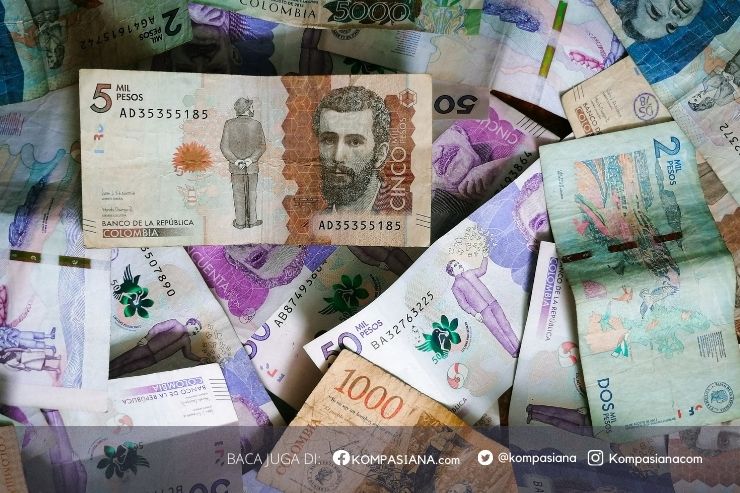Payment of non-cash instruments such as e-money is a new policy in the payment system by Bank Indonesia. In the regulation of Bank International Settlement, electronic money is stored-value or prepaid products in which a record of the funds or value available to a consumer keep on an electronic device in the consumer's possession. Increased non-cash payments have the potential to give benefits or increase social welfare (Bank Indonesia 2016). In addition, it also has some risks. This essay will describe advantages and risks of e-money as a new non-cash payment.
The use of e-money as an alternative means of non-cash payment on one side provides advantages over other cash and non-cash payment instruments. Electronic money can be used without the use of a PIN or other personal identification such as a credit card. The advantages of the use e-money give an impact on publisher, merchant, and customer. For publishers, electronic money provides benefits.
First, decreasing transaction cost to customers and producers as well as improving people's satisfaction. E-money in this way makes payments easily and practically. The satisfaction can make a consumer demand for non-cash payment increase. From the merchant side, electronic money can be increasing profit for a merchant to encourage activity business.
Furthermore, for merchant operational it can minimize errors and save times for every transaction, for example a merchant does not need to restore and count money from customers. A merchant shouldn't worry about counterfeit of money, cause when a transaction is completed, the money will be placed into the merchant's account in a connected transaction. For customers, e-money also has benefits. First, a customer doesn't need to bring cash because bringing a lot of money is not safe. Second, the use of e-money can avoid from counterfeit of money from cash transactions.
In addtion, a customer can decrease transaction cost and encourage consumption level. Electronic Money issuance also modifies the money demand function and reduces the amount of cash. This will increase the circulation of money in the economy and can be interpreted as increasing the speed of money (Adiyanti 2015). So, payment non-cash (e-money) has many benefits than paying cash.
But on the other hand, e-money also has various potential risks only to customers. For example, risk in the case of loss of e-money card, abuse of the card by other people, being stolen due to the negligence of the owners (Candrawati 2013). Once the card is on the other side, abuse can be used in many ways, one of which is like shopping directly to any merchant. When the card is lost then the card can be used without the need to use the PIN and the existance of the card can't be tracked. Thus, users of e-money should keep the card well so that no unwanted things happen.
The new policy in the payment (e-money) by system Bank Indonesia has advantages for people. The use of it is time saving, practical and more secure. E-money also has a function that is great for the government of Indonesia in terms of reducing the amount of money in circulation. Nevertheless, e-money also has potential risks for customers. When the card is lost, e-money can be used by anyone. Thus, e-money has more advantages than the risks.
Reference:
- Adiyanti, Arsita Ika. 2015. "Pengaruh Pendapatan, Manfaat, Kemudahan Penggunaan,
Daya Tarik Promosi, dan Kepercayaan terhadap Minat menggunakan layanan E-Money." Jurnal Ilmu Ekonomi Univeristas Brawijaya 3 (1) : 6-13. - Bank Indonesia. 2006. "Working Paper: Upaya Meningkatkan Penggunaan Alat Pembayaran Non Tunai Melalui Pengembangan E-Money." Access On: 22 August https://www.bi.go.id/id/publikasi/sistem-pembayaran/riset/Documents/5a4a2a969d534111a3c8a439840b80b6WorkingPaper_MicroPayment.pdf
- Candrawati, Ni Nyoman Anita. 2013. "Perlindungan Hukum terhadap Pemegang Kartu
E-money sebagai Alat Pebayaran dalam Transaksi Komersial." Jurnal Ekonomi Universitas Udayana 3 (1) : 9-16.










